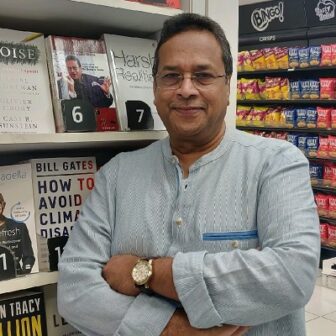
“We are currently in the year 2022, the 70th year of Central Bharat Sevak Samaj (CBSS) and by the time the organization reaches a century, we should be able to declare that 10 crores people were reached, and trained improving their quality of life and providing them with a light of hope”, Dr. Darlie Koshy, Chief Mentor, CBSS.
On the occasion of the Central Bharat Sevak Samaj’s 70th anniversary on 12th August, Dr. Madhuri Dubey, Founder of NSN, spoke with Shri. B. S. Balachandran, the Chairman, CBSS and Dr. Darlie Koshy, Chief Mentor, CBSS, who shared with us the history and evolution of this 70-year-old organization that has made significant contributions to the nation’s development in various spheres including vocational education and skill development.
Dr Madhuri Dubey: I’m sure the audience would be curious to learn more about CBSS, particularly on the occasion of reaching 70 years, which is a significant milestone as we celebrate 75 years of Indian independence and Aazadi ka Amrit Mahotsav.
Could you tell us more about CBSS, an organization that has helped India develop from a social and economic perspective through multiple developmental initiatives, since it received recognition from the Planning Commission and Shri. Pandit Jawaharlal Nehru, the country’s first Prime Minister?
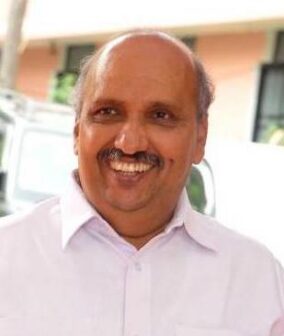
Shri. B.S Balachandran: As we were celebrating Azadi Ka Amrit Mahotsav and coincidentally, Dr. Darlie Koshy mentioned the need for the Antyodaya concept in skill education to me during a meeting of the Bharat Sevak Samaj. The truth is that when it comes to the rural areas of the nation, many of the people there haven’t even finished high school or the fifth grade, and are untrained.
If we can teach them new skills, India might change. Even though we are currently celebrating Azadi Ka Amrit Mahotsav there are more than 30-40 Crore people who have no skills. As the organization’s chairman, I would like to briefly discuss the history of CBSS, which began with India’s independence and was established in 1952, when our founders brought their concerns to the attention of the nation’s leaders. It was decided that we wanted to create a group where the public could participate.
During our freedom movement, Shri. Gopal Krishna Gokhale founded an organization called “Servants of India Society” in 1905. At that time, we could observe that there were many conflicts around the world. However, in India, the struggle for freedom is linked to constructive activities. During the Hindi, Khadi, and Harijan movements, Bharat Sevak Samaj was established, and it adopted the spirit of the Servants of India society.
As a result, our leaders decided that the “Servants of India” Society could be renamed the “Bharat Sevak Samaj”, with “Servants” denoting “Sevak”, “India” denoting “Bharat”, and “Society” denoting “Samaj”. The history of Bharat Sevak Samaj now called Central Bharat Sevak Samaj (CBSS) or Central BSS, which encourages public participation, dates back 117 years, although Central BSS has only been in existence for 70 years.
When Shri. Pandit Jawaharlal Nehru became India’s first Prime Minister, and the Planning Commissions Chairman was Shri. Gulzarilal Nanda, a Professor of Economics, was Gulzarilal Nanda Ji who suggested this to the country’s leaders. As a result, the Planning Commission decided to build a new organization like BSS which was formed with the unanimous resolution of the Parliament. The strength of central BSS is that it provides a single platform for Indians without any politics, religion, caste or creed.
CBSS, in its early years, built many roads, dams, schools, and housing among other developmental projects. But given the demands of the time, vocational training and skill education are now given more priority, which is why we have been focusing on a vocational education program for the past three or four decades.
Now that we are commemorating our 70th anniversary, we are considering how to implement new skill education policies. We should focus on providing the youth with skill training because there are people in the villages who are untrained and unskilled; as a result, our chief mentor Dr. Darlie Koshy raised this project in discussion and emphasized a new approach to introducing the program “Bharat Antyodaya Skill Education” (BASE), saying that we are only addressing the schools, including those who have completed their 10th, 11th, and 12th standard and graduates. We are now considering the BASE program to be a mission, a challenge and a slogan of freedom for the nation’s downtrodden citizens and for that reason we are adopting it as the primary slogan of the nation.
Dr. Madhuri Dubey: Very interesting indeed! You have traced the entire development of CBSS and have also made excellent connections with vocational education and training, which is actually a part of the overall development of the country in terms of the numerous beneficial projects that the organization undertook. Now that we are looking at and re-imagining the entire contribution in the backdrop of technology, National Education Policy 2020, and many other changes that are happening in the ecosystem, I would like to ask Dr. Darlie Koshy more about his perspective. What are your views and plans regarding this program?
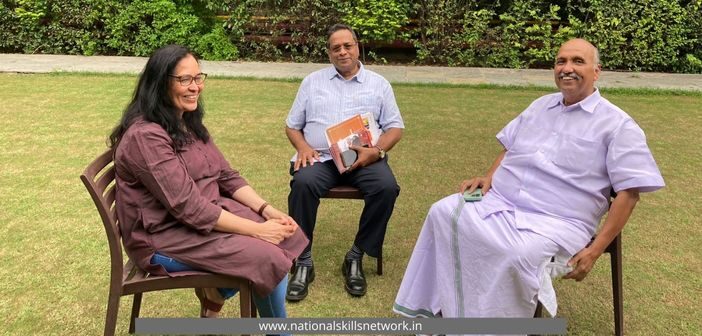
Dr Darlie Koshy: Since Shri. B.S Balachandran has worked with literary and non-formal education movements and, I believe that the plans are influenced by the context in which they are implemented. As a result, I believe that the CBSS is unique among the organizations I have encountered so far in my career. Most of them are organizations, where we operate as technocrats or bureaucrats and work to meet certain performance standards.
But, when you consider the bigger picture in a nation like India, where there are 130 crore people, you realize how diverse our population is. Without people’s participation, what we refer to as participative democracy, where people have a say in what they want to do with their lives and are in the spotlight as it is a learner-centric approach when we think about it who are the most disadvantaged, we are looking at out of 100 people how many of them go to college. It is a fundamental question. Only 25–26 people, or 25% according to statistics, get admission at the college level. It is a well-acknowledged truth that 80% of people do not attend college since, when you subtract the influence of correspondence sources and evening classes, the true college education rate is only around 20–21%.
Next, we look at how many students actually drop out of school. At every grade level 5th standard, 9th standard, and 10th standard the dropout rates are very high. According to several figures, the overall dropout rate is as high as 14%- 24%. So, the issue in rural areas is no longer access to schools, but rather that the education received in school will not be sufficient for them to effectively manage their lives.
Because their entry levels for doing something by particularly matching in skills is not taking place, there is also a group of individuals who leave because there is a lack of job for their parents and the school education is becoming out of their reach in terms of accessible private schools and government schools. Therefore, skilling needs to look at what is the entry-level concentrating on different skills and what are the tools and techniques in the pedagogy and so on. There are many clusters for various handicrafts, handlooms, and GIS products as traditional skills are dying.
In India, in general, manual labour was not given the respect it deserved, and education was prioritized above everything else, such as the degree you obtained and the places you studied, which determined how you advanced in life. Therefore, it is imperative to consider how to alter this perception, which can only be accomplished with public participation. If you are thinking in an ivory tower and you can do a top-down approach, it is not going to happen, the bottom-up approach is what we are looking at in Bharat Antyodaya Skill Education (BASE), so with this kind of skill pyramid that we can create, it then becomes a step ladder process on which they “go modularly”, their growth occurs, and we are able to assess their interest in what kind of skills can provide them socio-economic development for their family and themselves.
Therefore, it is a comprehensive approach, I am not saying we have the answers, but we do have the right questions at this time, and we are asking people to come forward and join this movement so that we can get the right answers as we go to different sections of society, including vulnerable sections of society and disadvantaged sections of society.
Dr Madhuri Dubey: I think one of the most crucial points you made was that whoever we are trying to bring from the base of the pyramid should also be given the opportunity to grow because only then will they become role models for others in their community. As you just said, without touching the base of the pyramid, you cannot build new structures, strengthen the existing structures, and also integrate them.
Shri. B.S Balachandran: When Dr. Koshy discussed the Bharat BASE program, the BASE concept was inspired by his deep concern for the country’s many problems. Dr. Koshy found the underprivileged community which we have not addressed sufficiently. He said that everyone should receive training on how to train with modern skills and skill sets in order to be more productive or efficient.
As a part of our training program’s primary approach, monitoring and evaluation, CBSS trains individuals and provides certificates. But as we approach our 70th anniversary, we are concerned about our nation and its citizens. We run numerous skill-training programmes, but what about the citizens of these communities who make up our country’s workforce? If we give them the skills they need, productivity in every sector will rise, and so will the size of our workforce in our country.
Dr. Darlie Koshy continued, “At the moment, only 21% have certified skills in a working population of more than 456 million people, 50 million of whom are women, and out of the other 400 million people 21% of them have required skills. If you say that only 21% have required skills and the rest are not skilled non-worker type of people, it is a big tragedy for a country like India because when you compare the Indian population of 130 crores with skills and we need to push the idea, it can only happen if we lift up the bottom of the pyramid.
Dr Madhuri Dubey: We are also talking about the demographic dividend and its advantages, which I believe will help people understand the value of educating young people and other sections of society.
Dr. Darlie Koshy: The key to including more women in the workforce has been demonstrated in the case of South Korea, where 96% of women work, compared to 70-76% in Japan, and 56% to 60% in the US, and almost 60% in China. Therefore, when you look at the women’s participation here, the women’s population has decreased from 21% to 16% or 15% during these COVID-19 years. We are, therefore, advocating for a targeted approach to women in the workforce, members of the underprivileged community, and school dropouts. You mentioned the demographic dividend; the demographic dividend could become a demographic disaster if you do not provide skills.
Thus, the only way to turn the demographic advantage into a demographic dividend and prevent a demographic disaster is to use the next 15 years to help people rise beyond their circumstances. Therefore, that is something we must do, and we need everyone to take part, including businesses for the acknowledgement of prior learning and the government for the lower-level aspirational districts in some tier 2 locations. There are inaccessible geographies, so some government support will be needed. The reason CBSS is a model that we need to look at is because of people’s participation.
The BASE program is like a garden where everyone is allowed to grow and breathe freely and expand to its full potential once you start it in a much greater fashion and enable everyone to come in. We, therefore, think it is a terrific idea to move forward with our bottom-of-the-pyramid approach and empower the base of the pyramid.
There is only one life, and if it is underemployed or underutilized, it will be a tragedy of life. I think everyone has the right to receive skill education because, as Aristotle once said, “Education makes you free” “Let’s say you catch a fish and give it to someone for dinner you feed just one time, but if you teach them to catch fish, they will have a lifetime of opportunities ahead of them. And hence, we want everyone to catch fish. Our main principle is “Learn to Earn and then Earn to Learn”.
Shri. B.S Balachandran: In order for people to flourish, we at Central Bharat Sevak Samaj must continue to focus on RUN, as advocated by Dr. Koshy which stands for “Re-skilling, “Up-skilling, and“New Skilling because skilling is necessary and it is the major slogan of humanity. We are telling society that we will have to “RUN” for a better India.
Dr Darlie Koshy: I am impressed by the Bharat Sevak Samaj model. It welcomes everyone and provides the opportunity to contribute to society, yet not everyone is involved and can come and contribute.
Shri. B.S Balachandran: A new organisation called “Bharat Skill Research and Innovation Center” (BHASRIC), which is an initiative of CBSS that will focus on innovation-driven skills, is being created to complement the BASE program.
Dr Darlie Koshy: This summarizes what Bharat Sevak Samaj wants to do and we are dreamers as well as doers.
Dr Madhuri Dubey: As it is said, it’s important to act, walk the talk and fulfil the wish to witness the real impact. As a result, the conversation we had on the eve of the conference celebrating the 70th anniversary on August 12th was so enlightening and insightful that we were able to trace not only the organization’s history but also how both of them view the need for skill development and vocational training in order to consider the Indian development model, which is very inclusive and integrated.
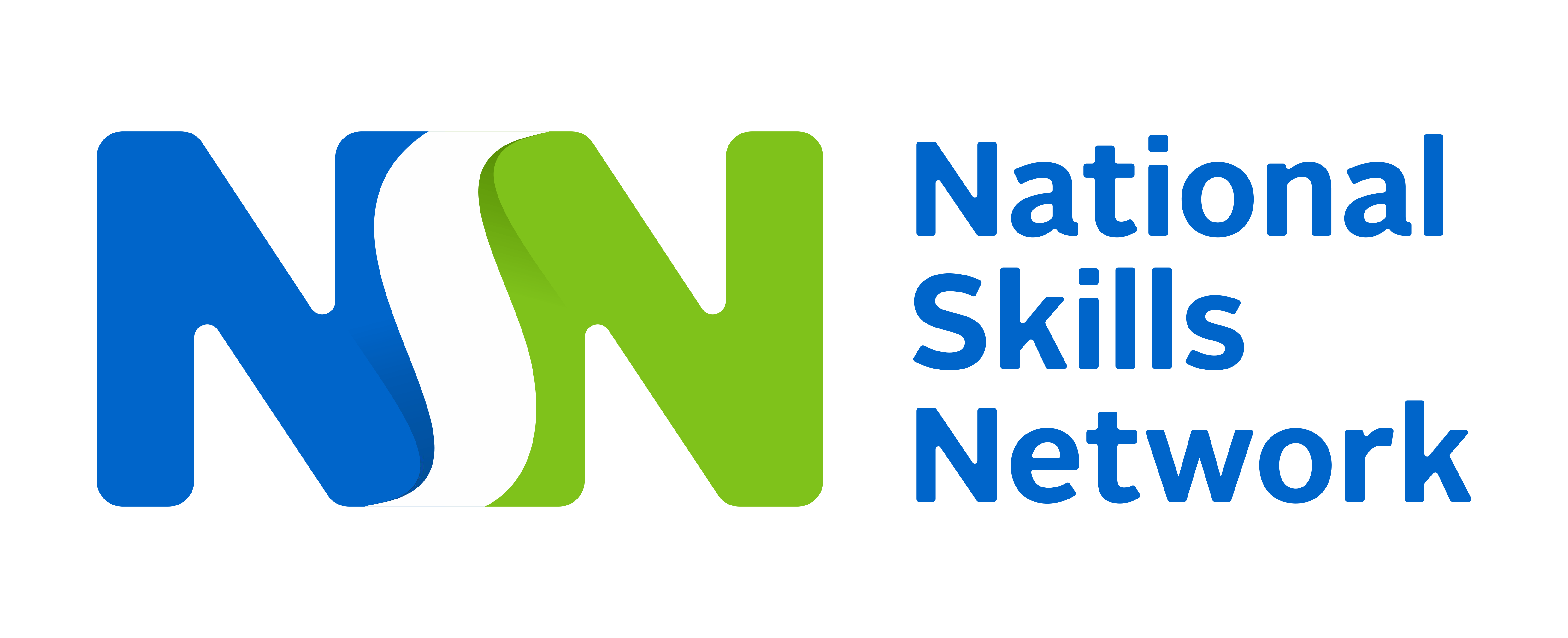





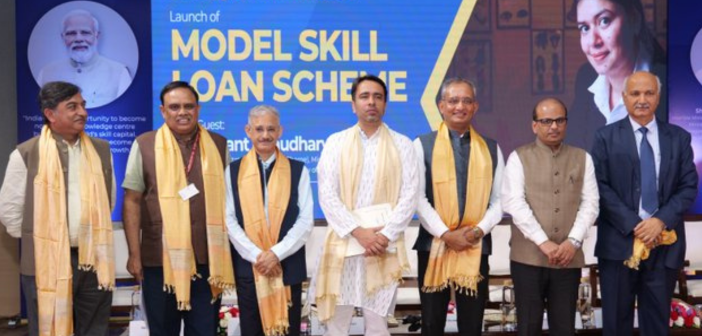
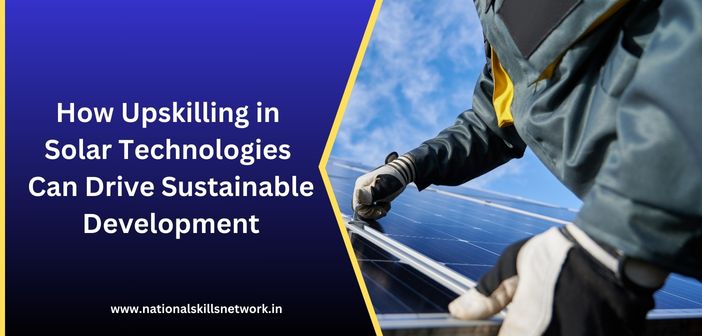
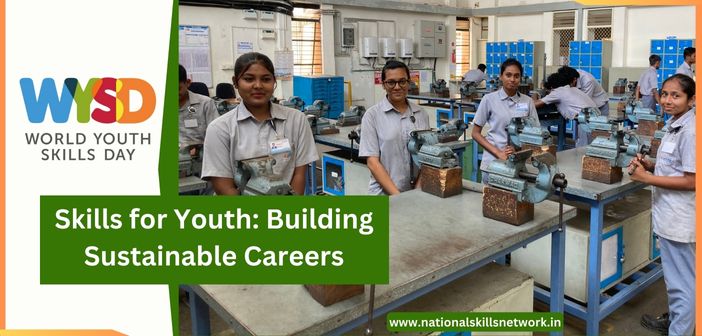
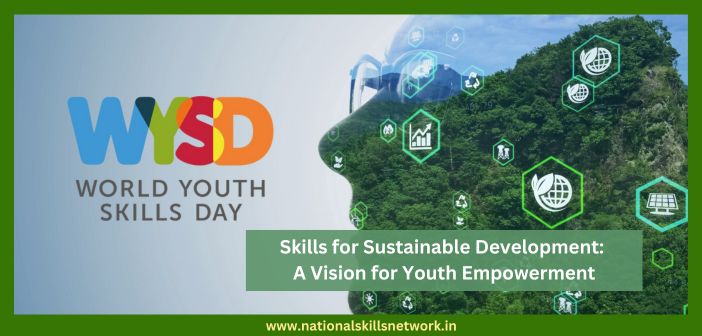
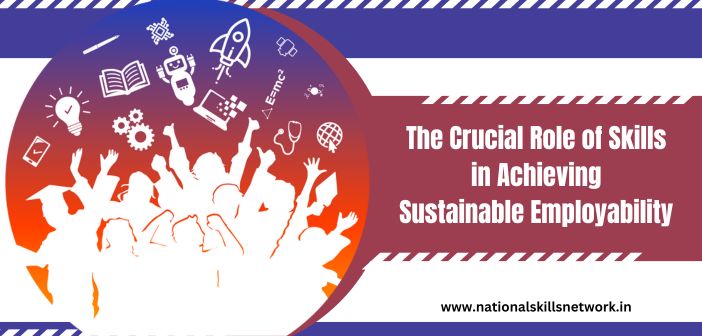
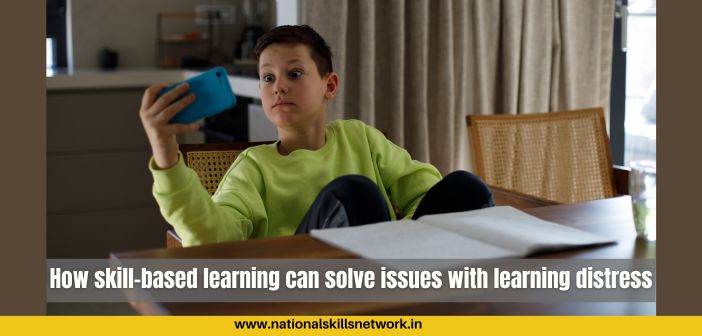
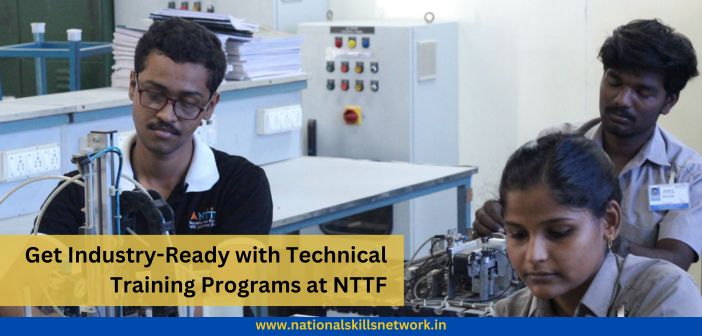

Dear sir
We are south indian 40 training centers SPOC our centers like TN,AP,Telugana,kerala, karnataka & pondicherry
Our training centers are looking any nominal grant schemes or any project for new skill /reskill/upskill funded pattern……plus guide to us